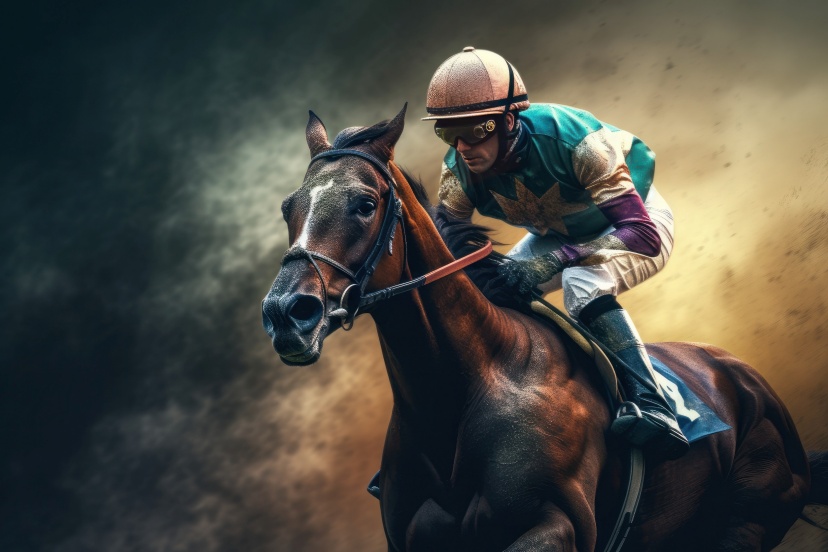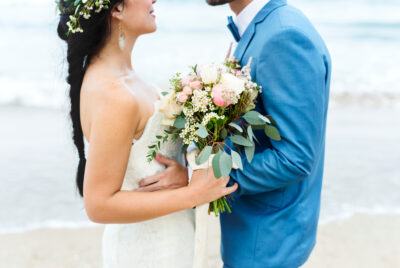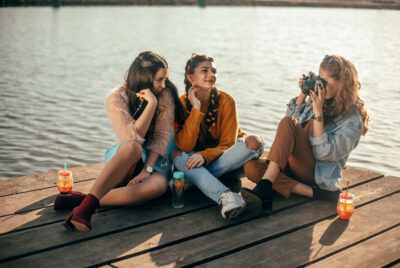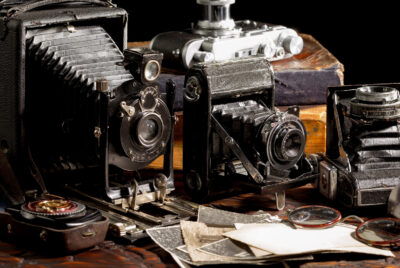Horse Photography: Capturing the Elegance & Power of Equines
Introduction
As an avid horse enthusiast and photographer, I’ve had the pleasure of capturing the grace, power, and beauty of these majestic creatures through my lens. Horse photography presents unique challenges and opportunities, requiring a deep understanding of equine behavior, the right camera equipment, and the ability to capture their essence. In this article, I’ll share my insights, techniques, and recommendations to help you create stunning horse photographs that truly showcase the spirit of these magnificent animals.
Understanding Horse Photography
Before diving into the technical aspects, it’s essential to understand the nature of horse photography. Horses are dynamic subjects with their own personalities and expressions. It’s crucial to observe and interact with them to capture their true essence. By understanding horse behavior and body language, you can anticipate their movements and capture the perfect moment.
Equipment Needed for Horse Photography
To capture impressive horse photographs, you’ll need the right equipment. A DSLR or mirrorless camera with a fast autofocus system is ideal for capturing the fast-paced action. Invest in a versatile zoom lens or a telephoto lens to capture both portraits and action shots. Additionally, consider using a tripod for stability and a polarizing filter to reduce glare and enhance colors.
Lighting Techniques
Lighting is crucial in any form of photography, and horse photography is no exception. The best time to photograph horses is during the golden hours—shortly after sunrise or before sunset—when the light is soft, warm, and creates a magical atmosphere. Experiment with backlighting to capture the horse’s silhouette or use side lighting to accentuate their form and texture.
Composition and Framing
Composition plays a vital role in creating visually engaging horse photographs. Use the rule of thirds to create a balanced composition and place the horse off-center for a more dynamic image. Incorporate leading lines, such as a fence or a trail, to guide the viewer’s eye towards the horse. Experiment with different angles and perspectives to add depth and interest to your shots.
Capturing Horse Movement
Horses are known for their grace and athleticism, and capturing their movement can result in stunning photographs. Use a fast shutter speed to freeze the action and highlight their power and elegance. Experiment with panning techniques to convey a sense of speed and motion. By focusing on the horse’s eyes and ensuring sharpness, you can capture their intensity and spirit even in the midst of movement.
Portraits and Close-ups
Horses have distinct personalities and captivating features that can be beautifully captured in portraits and close-ups. Pay attention to their eyes, which are often considered the windows to their souls. Focus on capturing their expressions, the texture of their coat, and the details of their mane and tail. Get close and fill the frame to emphasize their beauty and create intimate portraits.
Action Shots
Action shots are exhilarating and showcase the horse’s dynamic nature. Capture horses galloping, jumping, or engaging in playful behavior. Anticipate the action and be ready to capture the decisive moment. Consider using burst mode to capture a series of images and choose the best one later. Remember to keep the horse’s safety in mind and maintain a safe distance while photographing action shots.
Emphasizing Details
In horse photography, the details matter. From their expressive eyes to the texture of their coat, capturing these intricate details adds depth and emotion to your photographs. Zoom in and focus on capturing the finer aspects, such as the delicate nostrils, the wisps of mane blowing in the wind, or the dust kicked up by their hooves. These details tell a story and evoke a sense of connection with the viewer.
Photographing Horse and Rider
Horses and their riders share a special bond, and capturing this partnership can result in meaningful photographs. Pay attention to the interaction between the horse and the rider, capturing moments of trust, harmony, and connection. Experiment with different angles to highlight the communication between them. Incorporate the landscape or the surrounding environment to add context and enhance the storytelling.
Editing and Post-Processing
Once you’ve captured your horse photographs, post-processing can elevate them to the next level. Use editing software like Adobe Lightroom or Capture One to adjust exposure, enhance colors, and fine-tune the details. Be mindful of maintaining a natural look that reflects the true essence of the horse. Avoid over-processing and aim for a balanced and authentic representation of your subject.
Tips for Working with Horses
Working with horses requires patience, respect, and an understanding of their behavior. Approach them calmly and slowly to establish trust. Familiarize yourself with their body language and signs of discomfort or stress. Respect the horse’s personal space and be aware of safety precautions at all times. Working with an experienced handler can be invaluable in ensuring a smooth and safe photoshoot.
Showcasing Your Horse Photography
Once you’ve captured stunning horse photographs, it’s time to showcase your work. Create an online portfolio or website to display your best images. Utilize social media platforms like Instagram or Facebook to share your photographs with a wider audience and connect with fellow horse enthusiasts. Participate in photography contests or seek opportunities to exhibit your work in galleries or local equestrian events.
Conclusion
Horse photography is a captivating endeavor that allows you to capture the beauty, spirit, and connection between humans and horses. By understanding equine behavior, mastering the technical aspects, and focusing on storytelling, you can create compelling horse photographs that evoke emotion and showcase the majesty of these incredible creatures. So grab your camera, connect with these magnificent animals, and let your passion for horse photography shine through.
Horse Photography FAQs
1. What camera settings are best for capturing horse photography?
When it comes to camera settings for horse photography, there are a few key considerations. Firstly, using a fast shutter speed is essential to freeze the movement of horses. Aim for a minimum shutter speed of 1/500th of a second or faster to capture sharp and crisp images. Additionally, using a wide aperture (low f-stop number) will help create a shallow depth of field, allowing you to isolate the horse from the background and create a pleasing bokeh effect. Lastly, adjusting the ISO according to the available light will help maintain proper exposure without introducing too much digital noise.
2. How can I capture the horse’s expressions effectively?
To capture the horse’s expressions effectively, it’s important to establish a rapport with the horse and create a comfortable environment. Spend some time observing the horse’s behavior and learn to anticipate its reactions. Patience is key in waiting for the right moment when the horse displays a captivating expression. Keep your focus on the horse’s eyes as they convey a wealth of emotion. Engage with the horse, use soft noises, or have an assistant attract its attention to elicit more expressive reactions.
3. What is the ideal lens for horse photography?
The ideal lens for horse photography depends on the specific scenario and desired outcome. A telephoto lens, such as a 70-200mm or 100-400mm, is a popular choice as it allows you to capture close-up shots without disturbing the horse’s natural behavior. This focal range provides versatility, enabling you to frame tight portraits or capture the horse in its environment. Additionally, wide-angle lenses, such as a 24-70mm, can be useful for capturing environmental shots or showcasing the relationship between the horse and its surroundings.
4. How do I handle challenging lighting conditions when photographing horses?
Challenging lighting conditions can be managed by adjusting your shooting techniques and utilizing available resources. In bright sunlight, try shooting during the golden hour, which occurs during the first and last hours of daylight, when the lighting is softer and more flattering. When shooting in harsh midday sunlight, seek shaded areas to avoid harsh shadows on the horse’s face. On overcast days, the soft and diffused light can create a pleasant, even illumination. If you encounter low-light situations, consider using a tripod to stabilize your camera and increase the ISO settings while keeping an eye on noise levels.
5. Do I need to have horse-riding experience to photograph horses?
While having horse-riding experience can be beneficial for understanding horse behavior and anticipating their movements, it is not a prerequisite for photographing horses. However, it’s important to familiarize yourself with basic horse etiquette and safety guidelines. Approach horses cautiously, respect their space, and seek permission from the horse’s owner or handler before attempting to photograph them. Building a rapport with the horse and establishing trust will result in more authentic and captivating images. If you’re unsure or uncomfortable around horses, consider collaborating with experienced equestrians or hiring an assistant who can handle the horses while you focus on photography.
By following these guidelines and practicing your skills, you’ll be on your way to capturing stunning horse photographs that showcase their beauty, grace, and the special connection they share with humans.
Now, let’s dive into the wonderful world of horse photography and explore the art of capturing these magnificent creatures through the lens!
Further reading
Check out our other relevant articles:
.




